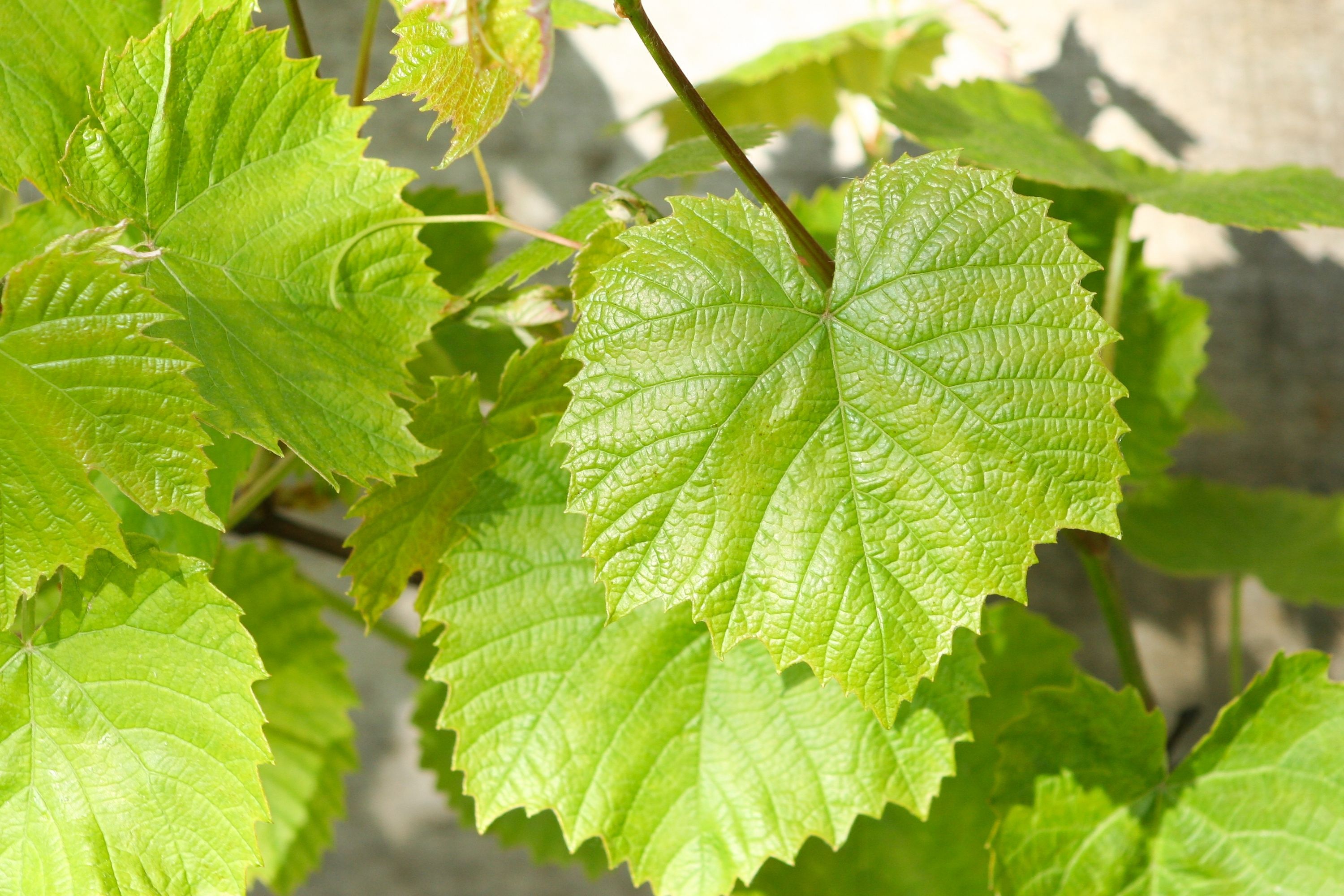Caribbean grape
(Vitis tiliifolia)

Description
Vitis tiliifolia is a New World liana in the grape family commonly known as Caribbean grape. Other names include West Indian grape, water vine, and (in Belizean Creole) water tie-tie and water-wise. Vitis tiliifolia is native to most of Mexico (including Baja Sur, Campeche, Chiapas, Colima, Durango, Guanajuato, Guerrero, Hidalgo, Jalisco, México, Michoacán, Morelos, Nayarit, Oaxaca, Puebla, Querétaro, Quintana Roo, San Luis Potosí, Sinaloa, Tabasco, Veracruz and Yucatán states) and in many other countries in the Americas and the Caribbean (Belize, Colombia, Costa Rica, Cuba, Dominican Republic, Ecuador, El Salvador, Guadeloupe, Guatemala, Haiti, Honduras, Jamaica, Nicaragua, Panama, Puerto Rico, U.S. Virgin Islands and St Lucia). Vitis tiliifolia is grown as a forest crop in Mayan agriculture, and is used for food or drink, or as an ingredient in medicines. Vitis tiliifolia may have some resistance to Pierce's disease (PD), which afflicts many commercial grape species; it has exhibited atypical symptoms despite harboring high populations of the plant pathogen Xylella fastidiosa, which causes PD. Vitis (grapevines) is a genus of 79 accepted species of vining plants in the flowering plant family Vitaceae. The genus is made up of species predominantly from the Northern Hemisphere. It is economically important as the source of grapes, both for direct consumption of the fruit and for fermentation to produce wine. The study and cultivation of grapevines is called viticulture. Most cultivated Vitis varieties are wind-pollinated with hermaphroditic flowers containing both male and female reproductive structures, while wild species are dieceous. These flowers are grouped in bunches called inflorescences. In many species, such as Vitis vinifera, each successfully pollinated flower becomes a grape berry with the inflorescence turning into a cluster of grapes. While the flowers of the grapevines are usually very small, the berries are often large and brightly colored with sweet flavors that attract birds and other animals to disperse the seeds contained within the berries. Grapevines usually only produce fruit on shoots that came from buds that were developed during the previous growing season. In viticulture, this is one of the principles behind pruning the previous year's growth (or "One year old wood") that includes shoots that have turned hard and woody during the winter (after harvest in commercial viticulture).
Taxonomic tree:







